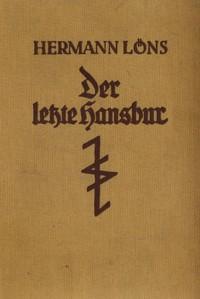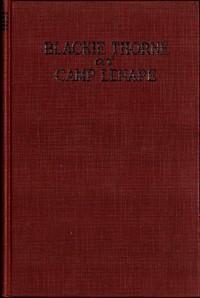Read this ebook for free! No credit card needed, absolutely nothing to pay.
Words: 2462 in 1 pages
This is an ebook sharing website. You can read the uploaded ebooks for free here. No credit cards needed, nothing to pay. If you want to own a digital copy of the ebook, or want to read offline with your favorite ebook-reader, then you can choose to buy and download the ebook.


: Brazilian Gold Mine Mystery by Adams Andy - Gold mines and mining Juvenile fiction; Mystery fiction; Brazil Juvenile fiction
Page. Editorial 3 Citrus Fruits in the Philippines 5 By-products of Sugar Manufacture 29 Coffee in the Philippines 39 Cane-juice Clarification 47 Book Review: "La Fabricaci?n de Azucar Blanco en los Ingenios" 56 Current Notes: First Quarter--Shield Budding the Mango; Experiments in Shield Budding; Improvement of Tropical Fruits in the Philippines; Petioled vs. nonpetioled Budwood; New Sugar Industry; World's Sugar Supply; Progress in Sugar Manufacture 57
TEXT FIGURE.
Fig. 1 Seedling of C. histrix DC 18
EDITORIAL.
THE SUGAR INDUSTRY.
It is supposed that the sugar cane was originally found in India, probably in the region of the Ganges. There is no sugar cane known anywhere to-day in the wild state although there are several species of mammoth grasses closely akin to this plant.
During the reign of Napoleon in France trade in the sugars from British and other foreign possessions was destroyed by the war with England but this decline in the cane-sugar trade served only as an impetus to the new beet-sugar industry then being started. In the meantime there was such a dearth of sugar and such a fabulous rise in prices, that attempts were made to secure sugar from various plants and fruits growing in France, such as beets, sorghum, maize, grapes, apples, pears, figs, etc.
At that time the manufacture of a kind of sugar from grapes became quite important so that during the period from 1811 to 1813 considerable quantities of this class of sugar were made. Simultaneously with this new venture the beet root was gaining in importance year by year, especially in France, and to a certain extent as well in other European countries, until after extensive experiments in plant breeding it was learned that the sucrose value of the root could be very much improved. From this work varieties of beets used to-day have evolved which often contain as high as 20 to 25 per cent sucrose. Another obstacle in the way was the bad taste and odor of the low-grade sugars from the beets and the difficulty of making a high-grade sugar. To-day the heavy liming and the carbonation process give a sugar equal in all respects to the best grade of granulated cane sugar, and one finds a great deal of beet sugar either mixed with cane sugar or marketed alone under the name of cane sugar.
At the present time the beet-sugar industry has become so important that more than eight million tons, or about one-half of all the sugar produced, comes from this source.
There is a greater consumption of sugar each year which necessitates greater production either through larger areas, heavier yields, or its manufacture from other sacchariferous plants. The maximum in both area and yield have by no means been reached, while in recent years a large number of sacchariferous plants have attracted the attention of various investigators throughout the sugar world, and this will in all probability lead to a new source of supply. The most promising of these plants is the sugar palm . Extensive work was conducted on this palm by this Bureau and reported in the May, 1914, number of the Philippine Agricultural Review. During the above-mentioned year an entirely new method of juice clarification was elaborated which is applicable to the juices of various other palms as well as to that of the sugar cane.
In Bengal the wild date palm has produced a low grade of molasses sugar for consumption by the natives for a great number of years. The main obstacle encountered in making a good grade of sugar from this palm has been caused by the difficulty of clarification and the susceptibility of the juice to fermentation. It is thought that the above-mentioned process may bring this palm into greater prominence in the sugar world.
There are also the Palmera of Southern India, and the Nipa of the Philippines. Either of these could undoubtedly be made profitable sugar producers. The latter is used commercially only as a source of alcohol.
Free books android app tbrJar TBR JAR Read Free books online gutenberg
More posts by @FreeBooks

: The Feeling by Aycock Roger D Gaughan Jack Illustrator - Science fiction; Short stories; Psychological fiction; Space flight to Mars Fiction Science Fiction







